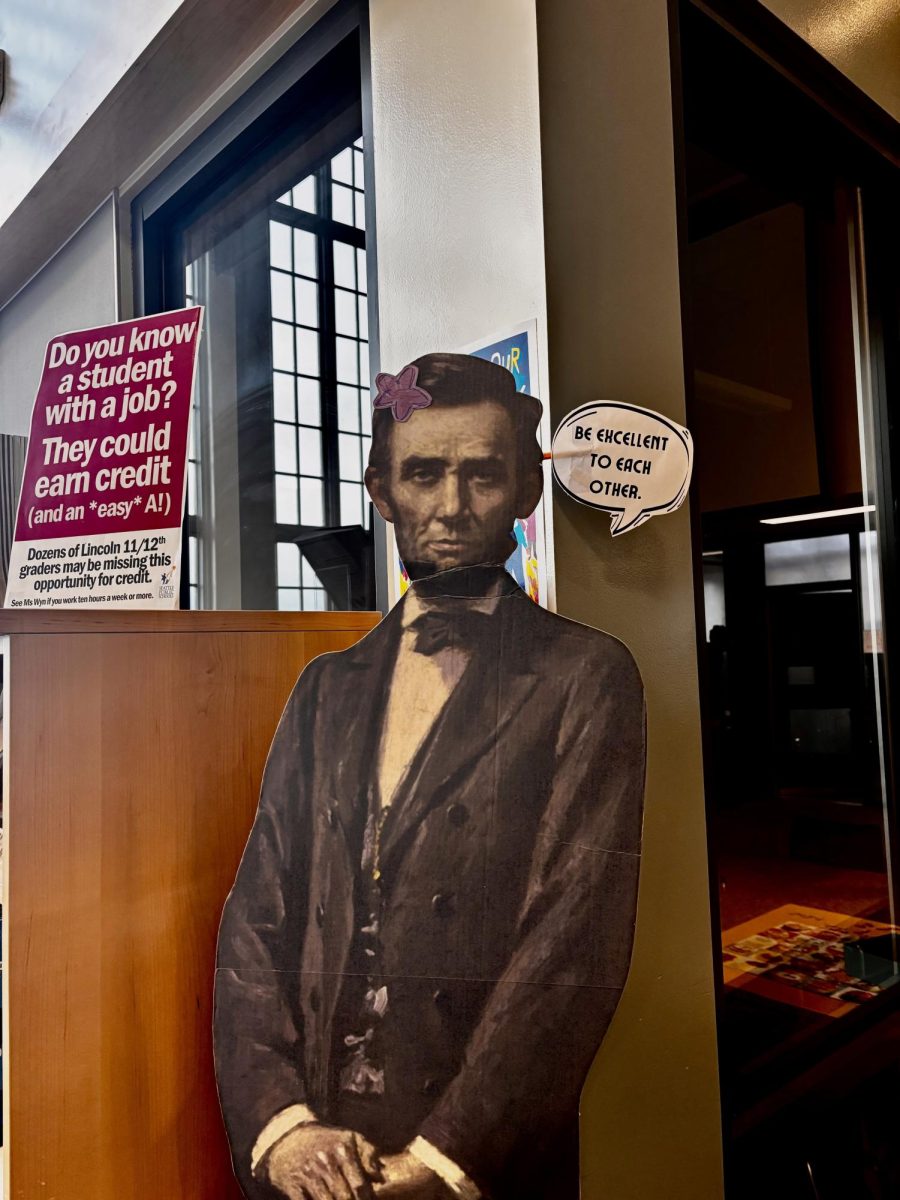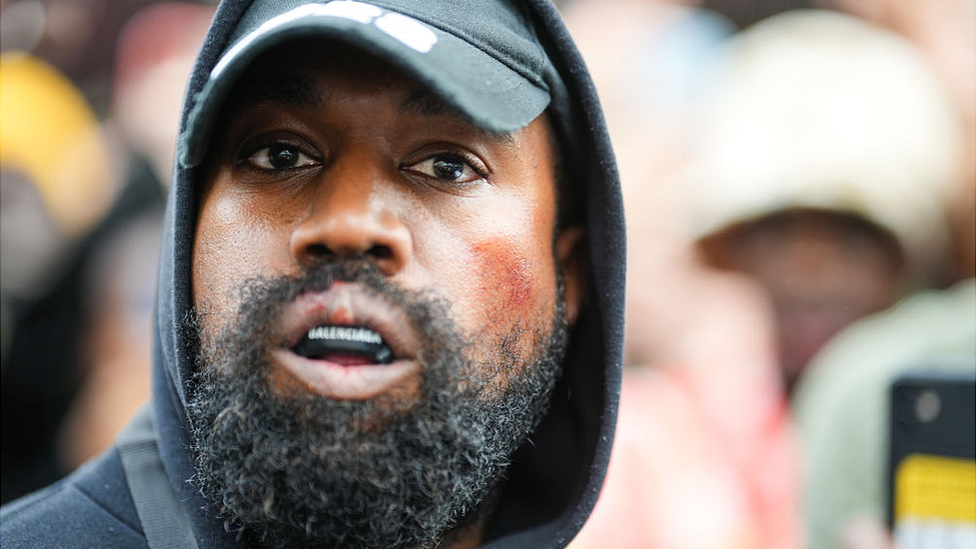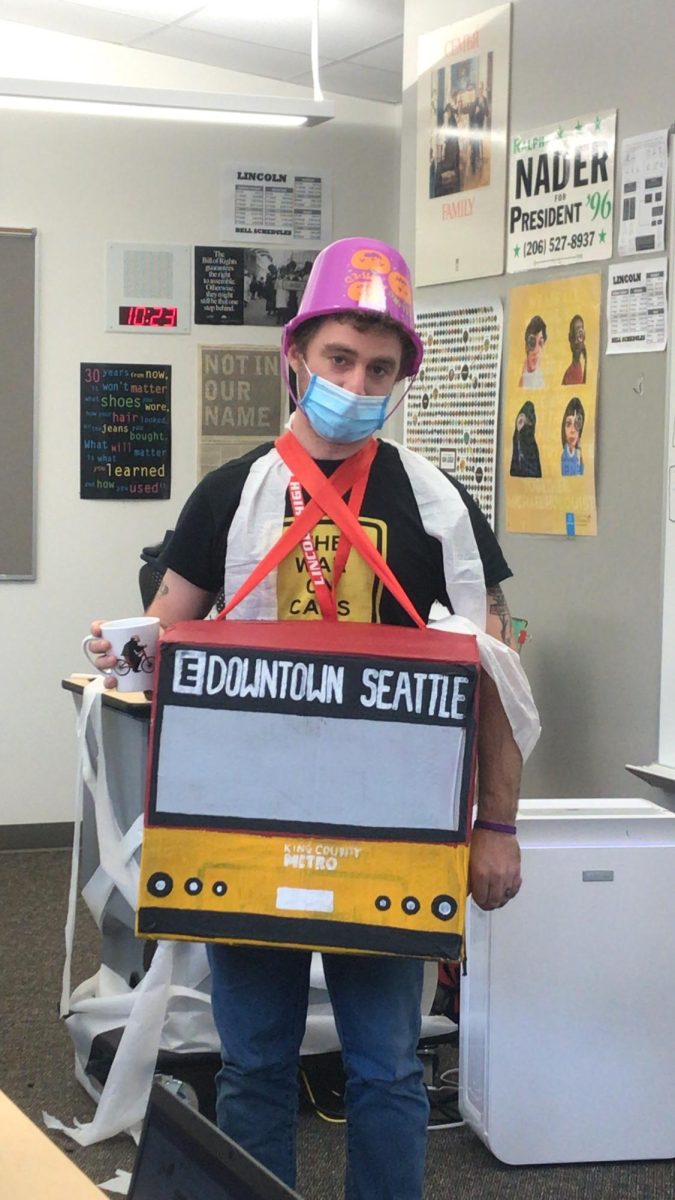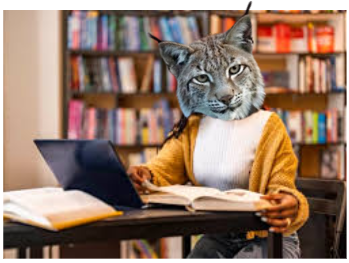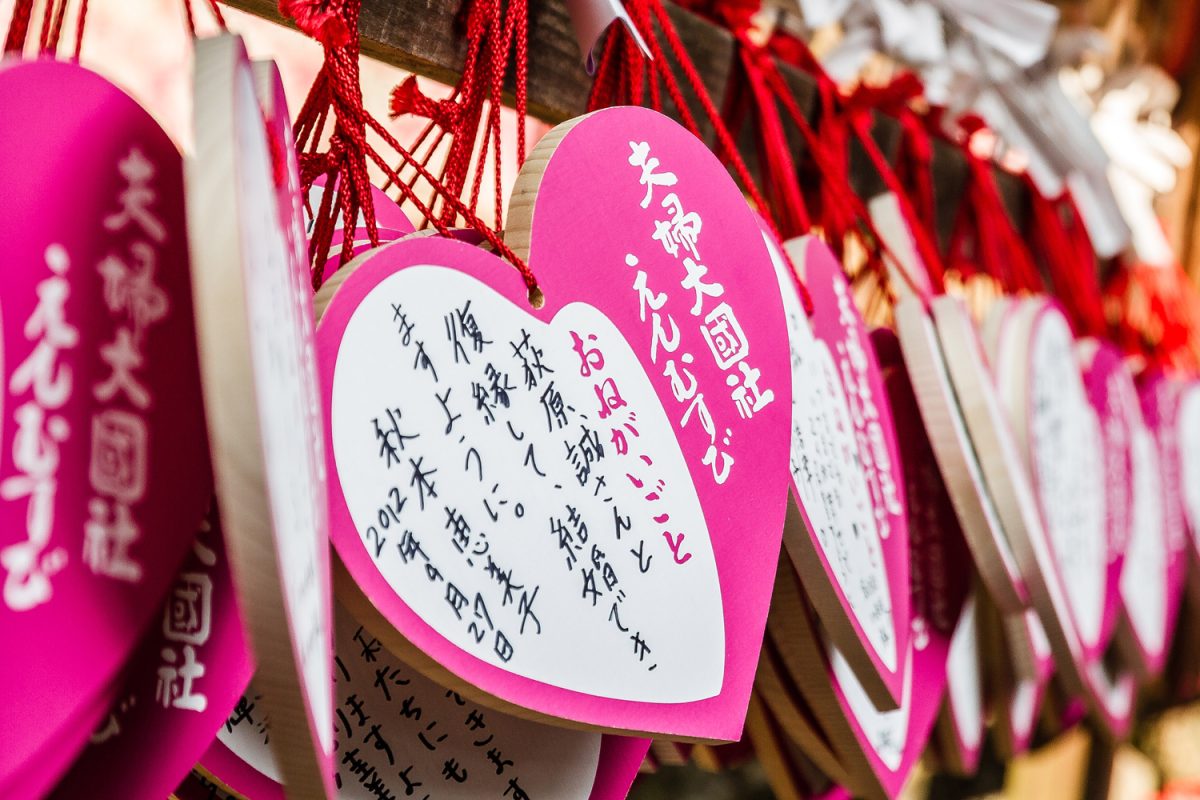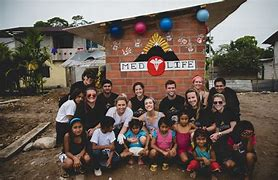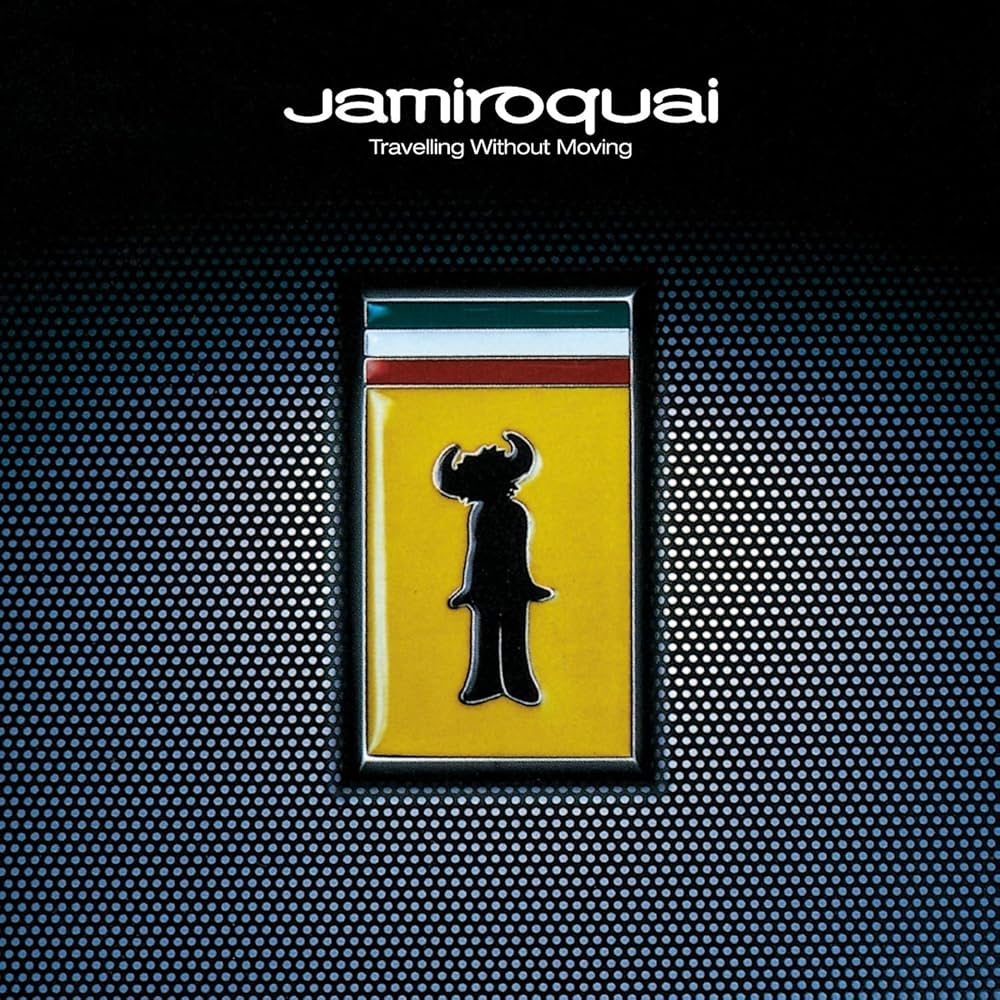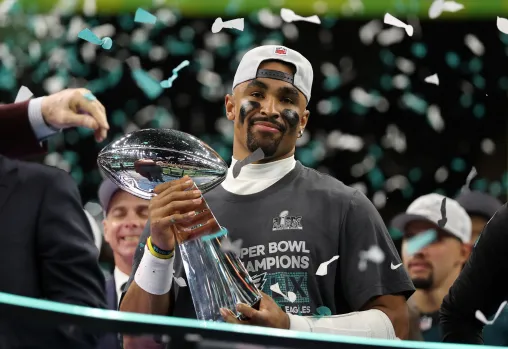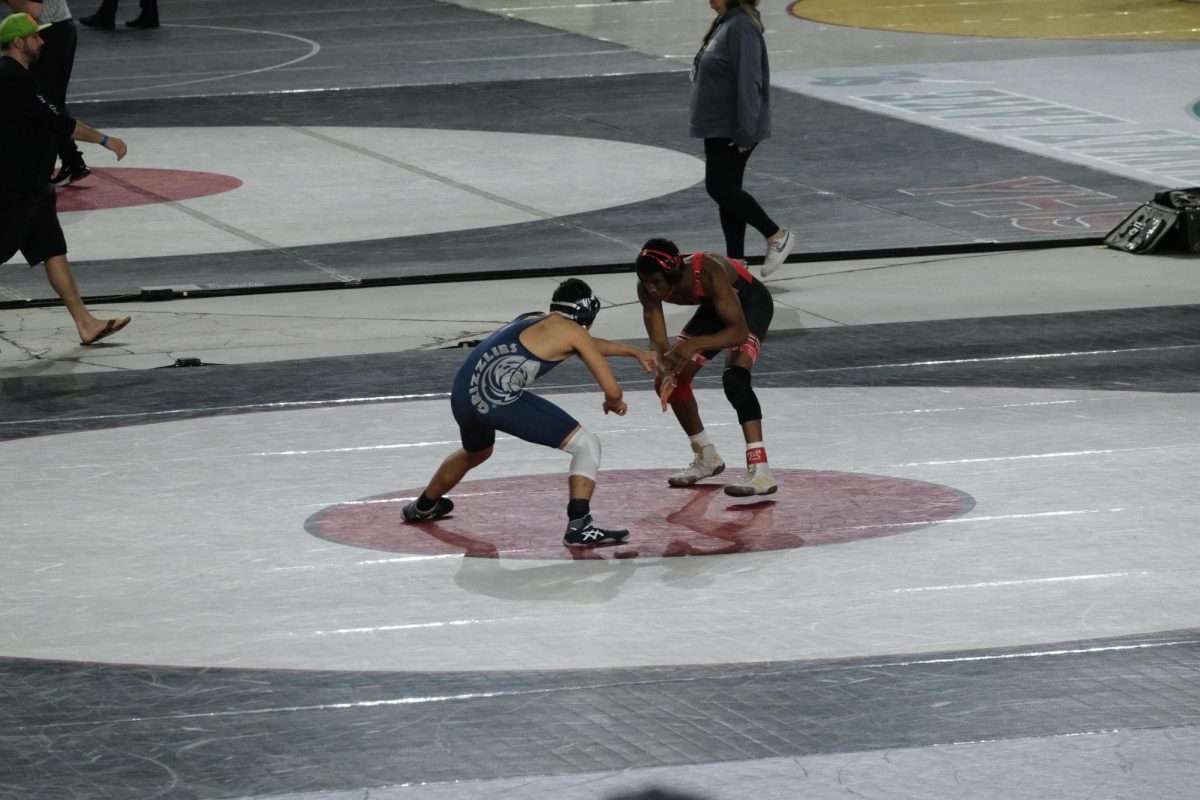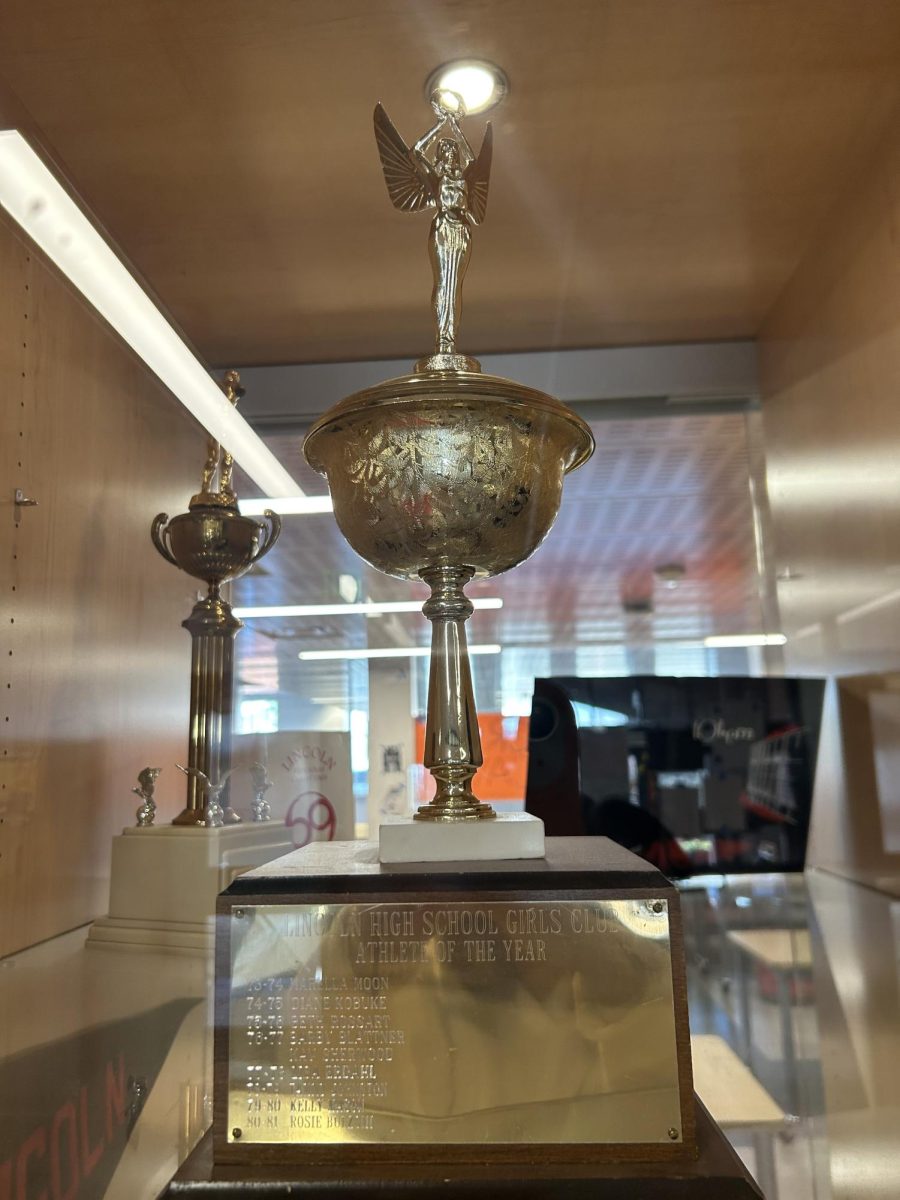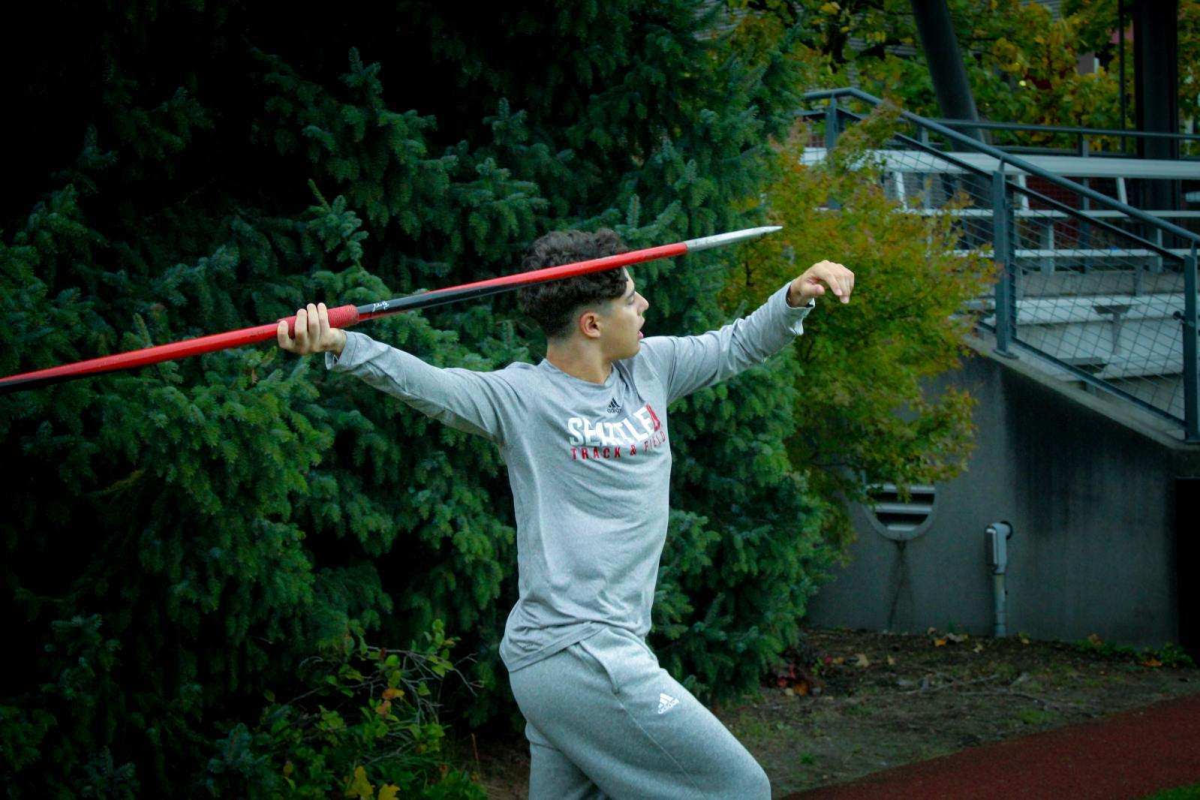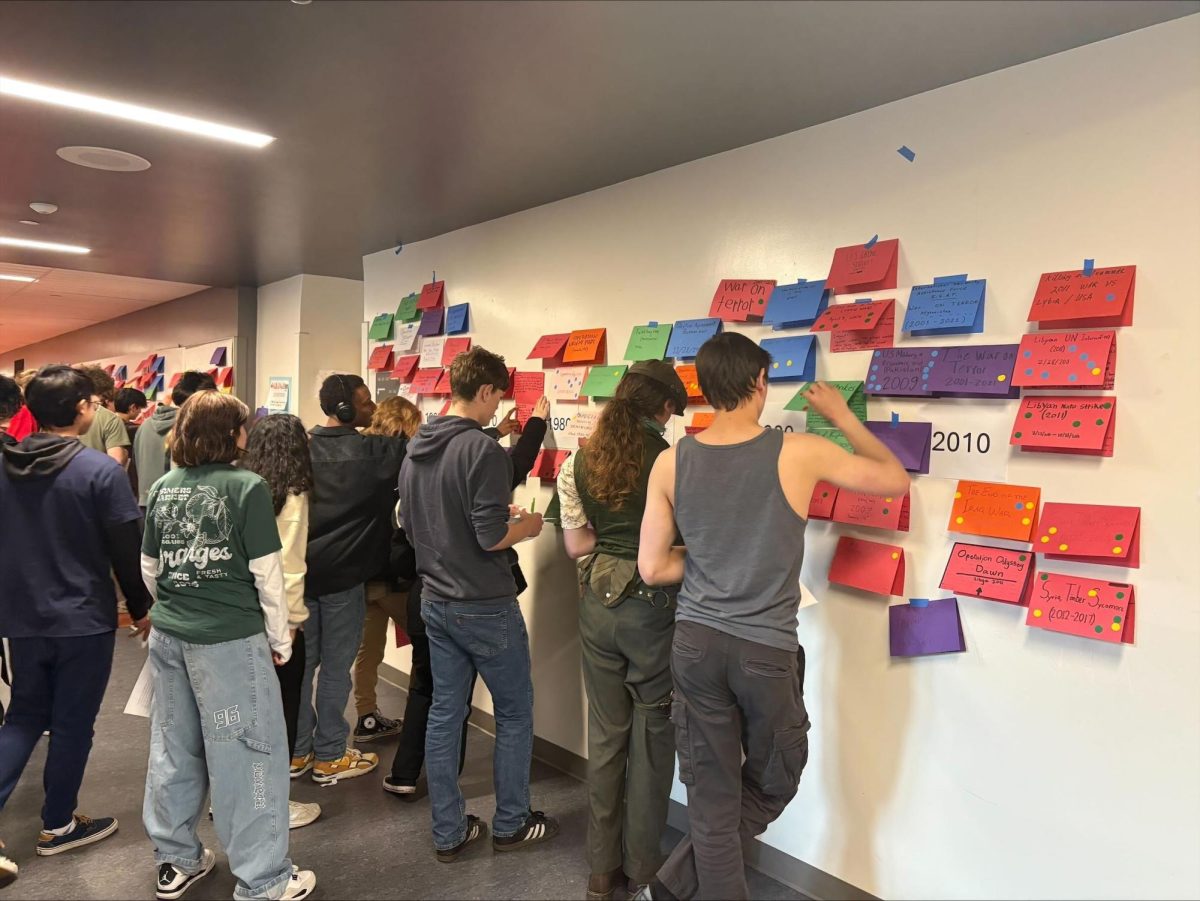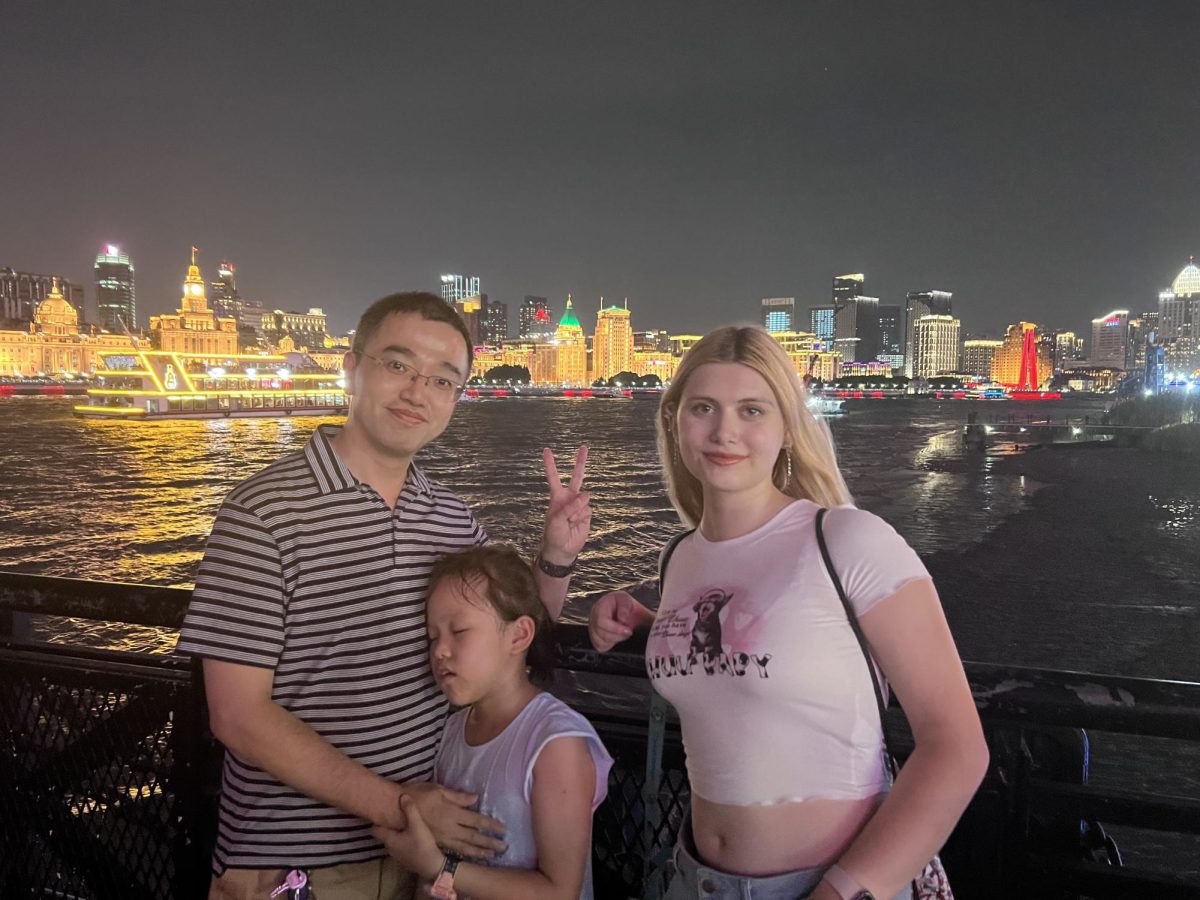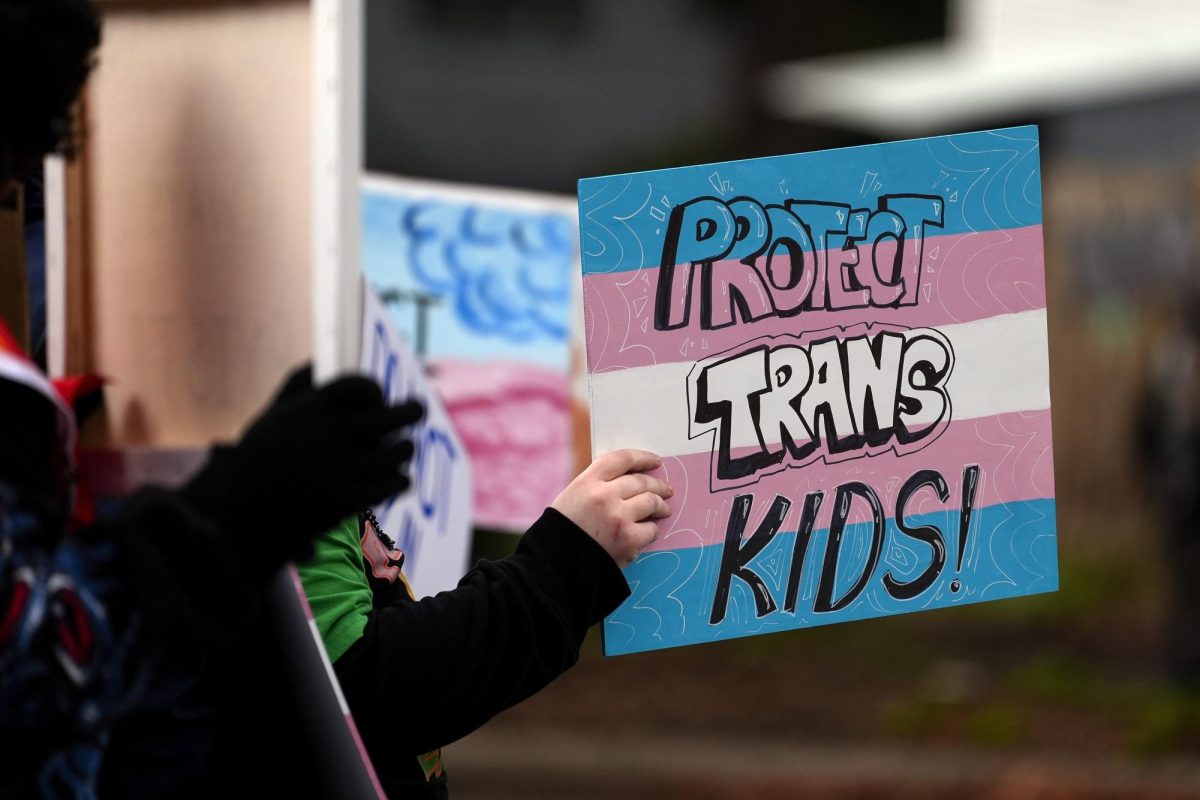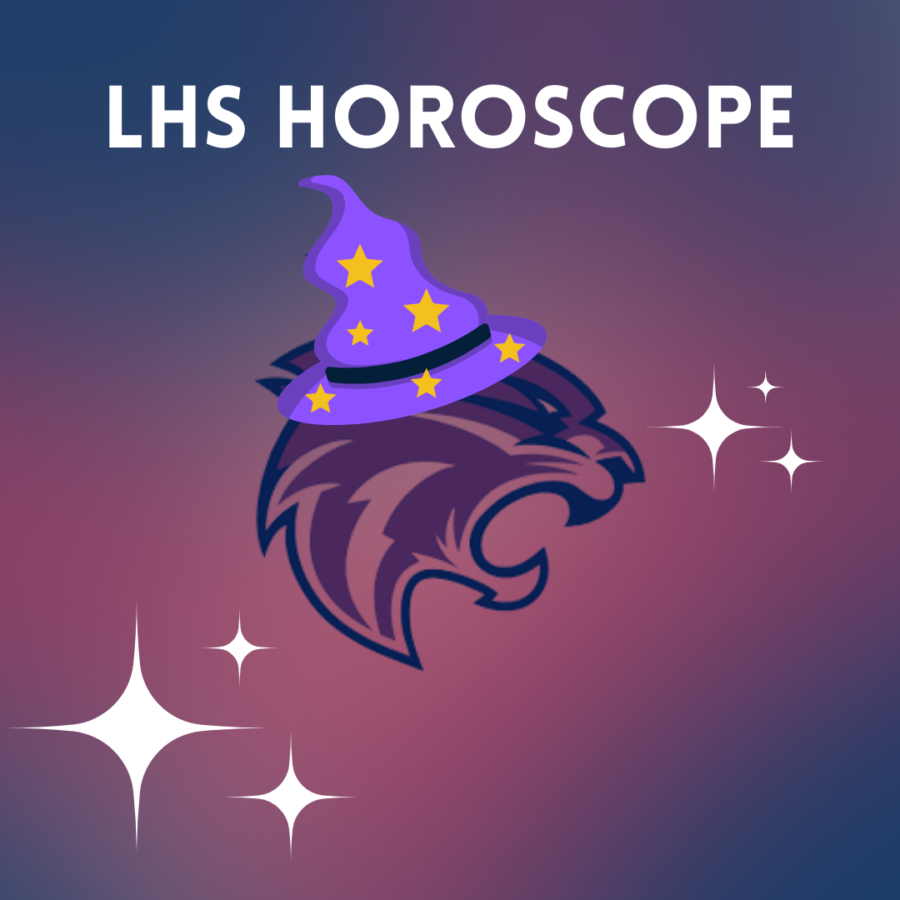Hayao Miyazaki knew his passions from a young age. His story began in 1963, when he joined Toei Animation in Tokyo, Japan. According to Britannica and Wikipedia, during this period of time, he made and contributed to films such as “Puss in Boots” and “Animal Treasure Island.” He has spent his lengthy career animating, telling stories, making films, and creating incredible manga.
In 1985, he co-founded Studio Ghibli with Toshio Suzuki, Isao Takahata, and Yasuyoshi Tokuma. Over the years, Studio Ghibli has produced 22 movies, as well as an array of short films and television series.
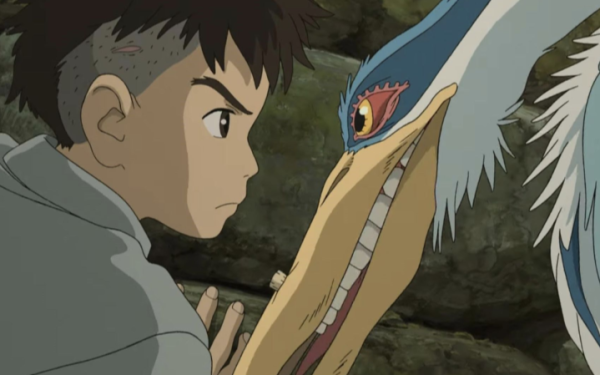
All the films are extremely popular and well-loved all over the globe, including popular classics such as “My Neighbor Totoro” (Miyazaki 1988), “Spirited Away” (Miyazaki 2001), “Howl’s Moving Castle” (Miyazaki 2004), and “Ponyo” (Miyazaki 2008).
Although other notable filmmakers have worked and collaborated on Studio Ghibli, Miyazaki has left a huge footprint in the studio and the film industry. In December of 2023, the long-awaited film “The Boy and the Heron” finally premiered. It was the first full Ghibli production since “When Marnie Was There” in 2014, and the movie was a quick hit around the world.
The studio had never gone more than two years without releasing a movie, and many speculated “The Boy and the Heron’s” significance as Miyazaki’s last creation. Hayao Miyazaki is 83 years old today, and according to Britannica, whispers of retirement have been circling for some time. After redacting his retirement announcement in 2013 with a new short film, it’s hard to deny how Miyazaki’s true love for filmmaking overpowers his age.
In a Comic Book Resources article, “The Boy and the Heron” is “Proposed as his creative swan song before his retirement,” although there has been no confirmation of this from either Ghibli or the filmmaker himself. Nonetheless, “The Boy and the Heron” is a unique film that is certainly worth diving into.
The film opens in 1940s Tokyo, where the Pacific War is raging. The fiery protagonist, a young boy named Mahito Maki, is devastated by the loss of his mother in a hospital bombing.
The film follows him, his father, and his pregnant stepmother to her rural estate, where a mysterious abandoned building lies in a nearby forest. Here he meets the Heron, who is presented in an extremely disturbing manner.
The Heron seems possessed, or embodied by another force, and when it speaks to the boy, its gums and eyes bulge out of its beak, revealing a full set of human-like teeth. The Heron entices the boy to follow it, promising Mahito that he will see his mother again if he only enters the mysterious structure.
The boy, accompanied by an elderly maid from the estate, begins his adventures into the building. This is catalyzed by the disappearance of his pregnant stepmother, who he soon discovers was his mother’s sister. The interior of the structure contains multitudes of dimensions, where the Heron reveals its true form, a small, squat man in the suit of a bird.
While travelling in these dimensions, accompanied by the maid and the Heron in different forms, Mahito is forced to confront the death of his mother, the acceptance of his father’s marriage, and an offer from a celestial being.
This is truly one of the most complex Miyazaki movies yet, and the balance of incredible animation, emotion, humor, and score make it truly phenomenal.
Maddie Manville, a sophomore, has many nostalgic memories of the Studio’s works over the years.
She reminisced, saying, “Ghibli was a big part of my childhood; I watched it with my grandparents. It was really nice revisiting this style of storytelling with ‘The Boy and the Heron’.”
She went on to say that even without the influence of warm memories from her past, “The Boy and the Heron” was objectively a very good movie. She said she “Really loved the overall theme of the movie, [and] how being in the real world instead of a perfect, unattainable society is a beautiful concept.”
Hayao Miyazaki knew his passions from a young age. His story began in 1963, when he joined Toei Animation in Tokyo, Japan. According to Britannica and Wikipedia, during this period of time, he made and contributed to films such as “Puss in Boots” and “Animal Treasure Island.” He has spent his lengthy career animating, telling stories, making films, and creating incredible manga.
In 1985, he co-founded Studio Ghibli with Toshio Suzuki, Isao Takahata, and Yasuyoshi Tokuma. Over the years, Studio Ghibli has produced 22 movies, as well as an array of short films and television series.
All the films are extremely popular and well-loved all over the globe, including popular classics such as “My Neighbor Totoro” (Miyazaki 1988), “Spirited Away” (Miyazaki 2001), “Howl’s Moving Castle” (Miyazaki 2004), and “Ponyo” (Miyazaki 2008).
Although other notable filmmakers have worked and collaborated on Studio Ghibli, Miyazaki has left a huge footprint in the studio and the film industry. In December of 2023, the long-awaited film “The Boy and the Heron” finally premiered. It was the first full Ghibli production since “When Marnie Was There” in 2014, and the movie was a quick hit around the world.
The studio had never gone more than two years without releasing a movie, and many speculated “The Boy and the Heron’s” significance as Miyazaki’s last creation. Hayao Miyazaki is 83 years old today, and according to Britannica, whispers of retirement have been circling for some time. After redacting his retirement announcement in 2013 with a new short film, it’s hard to deny how Miyazaki’s true love for filmmaking overpowers his age.
In a Comic Book Resources article, “The Boy and the Heron” is “Proposed as his creative swan song before his retirement,” although there has been no confirmation of this from either Ghibli or the filmmaker himself. Nonetheless, “The Boy and the Heron” is a unique film that is certainly worth diving into.
The film opens in 1940s Tokyo, where the Pacific War is raging. The fiery protagonist, a young boy named Mahito Maki, is devastated by the loss of his mother in a hospital bombing.
The film follows him, his father, and his pregnant stepmother to her rural estate, where a mysterious abandoned building lies in a nearby forest. Here he meets the Heron, who is presented in an extremely disturbing manner.
The Heron seems possessed, or embodied by another force, and when it speaks to the boy, its gums and eyes bulge out of its beak, revealing a full set of human-like teeth. The Heron entices the boy to follow it, promising Mahito that he will see his mother again if he only enters the mysterious structure.
The boy, accompanied by an elderly maid from the estate, begins his adventures into the building. This is catalyzed by the disappearance of his pregnant stepmother, who he soon discovers was his mother’s sister. The interior of the structure contains multitudes of dimensions, where the Heron reveals its true form, a small, squat man in the suit of a bird.
While travelling in these dimensions, accompanied by the maid and the Heron in different forms, Mahito is forced to confront the death of his mother, the acceptance of his father’s marriage, and an offer from a celestial being.
This is truly one of the most complex Miyazaki movies yet, and the balance of incredible animation, emotion, humor, and score make it truly phenomenal.
Maddie Manville, a sophomore, has many nostalgic memories of the Studio’s works over the years.
She reminisced, saying, “Ghibli was a big part of my childhood; I watched it with my grandparents. It was really nice revisiting this style of storytelling with ‘The Boy and the Heron’.”
She went on to say that even without the influence of warm memories from her past, “The Boy and the Heron” was objectively a very good movie. She said she “Really loved the overall theme of the movie, [and] how being in the real world instead of a perfect, unattainable society is a beautiful concept.”
Whether Ghibli has fond childhood connections for you, has become a recent passion, or is completely uncharted territory, it’s an amazing experience created by an extraordinary man. “The Boy and the Heron” can be many things: the continuation or end of your journey with Miyazaki, or the opening of a new door into his magical world.
Whether Ghibli has fond childhood connections for you, has become a recent passion, or is completely uncharted territory, it’s an amazing experience created by an extraordinary man. “The Boy and the Heron” can be many things: the continuation or end of your journey with Miyazaki, or the opening of a new door into his magical world.

